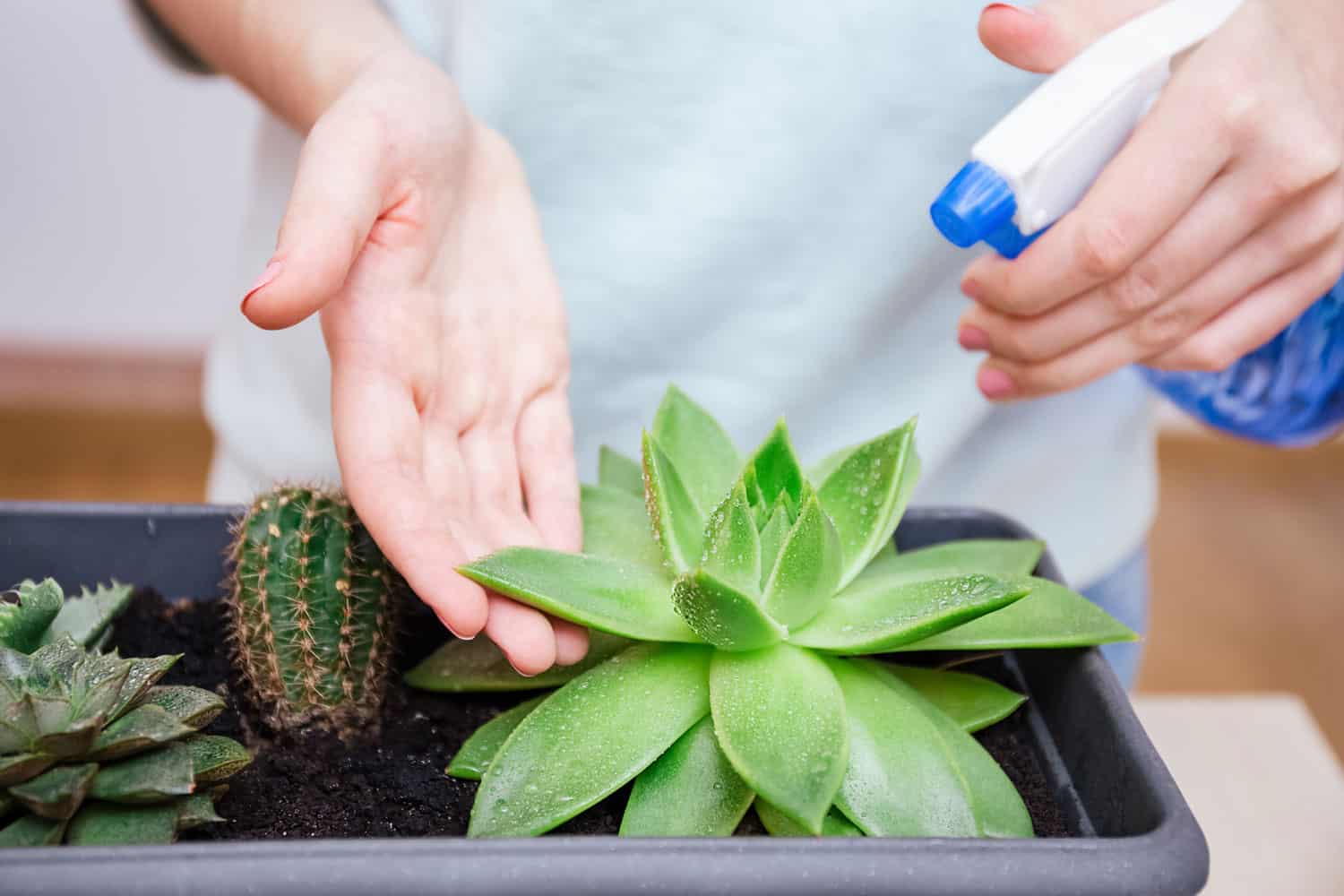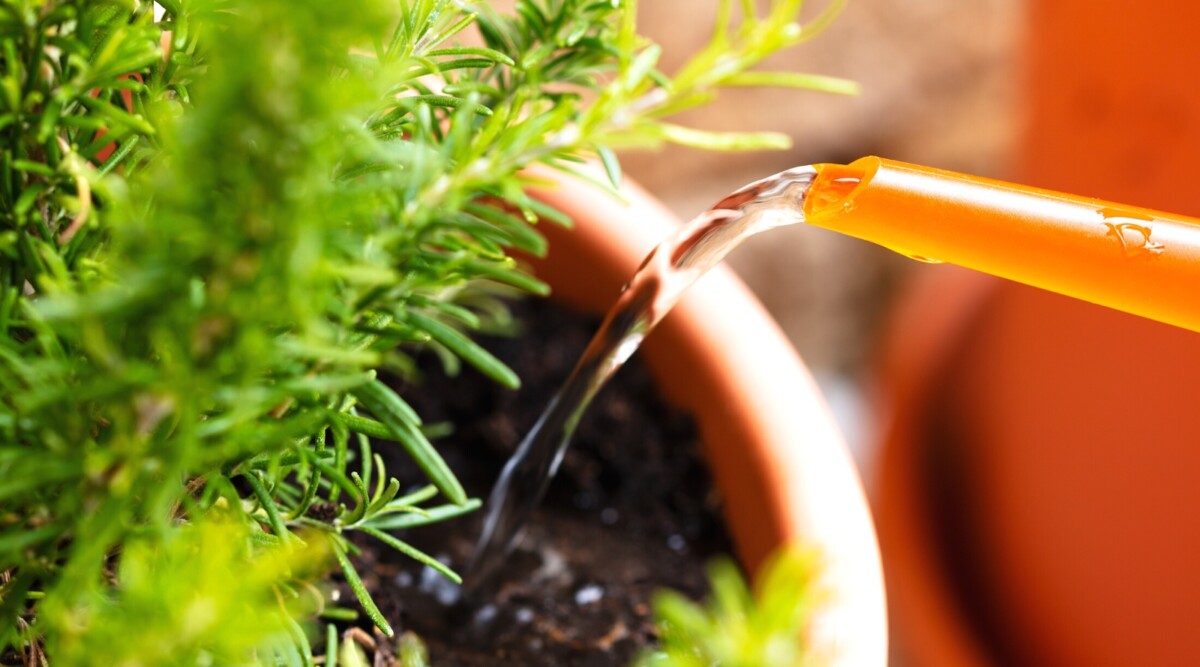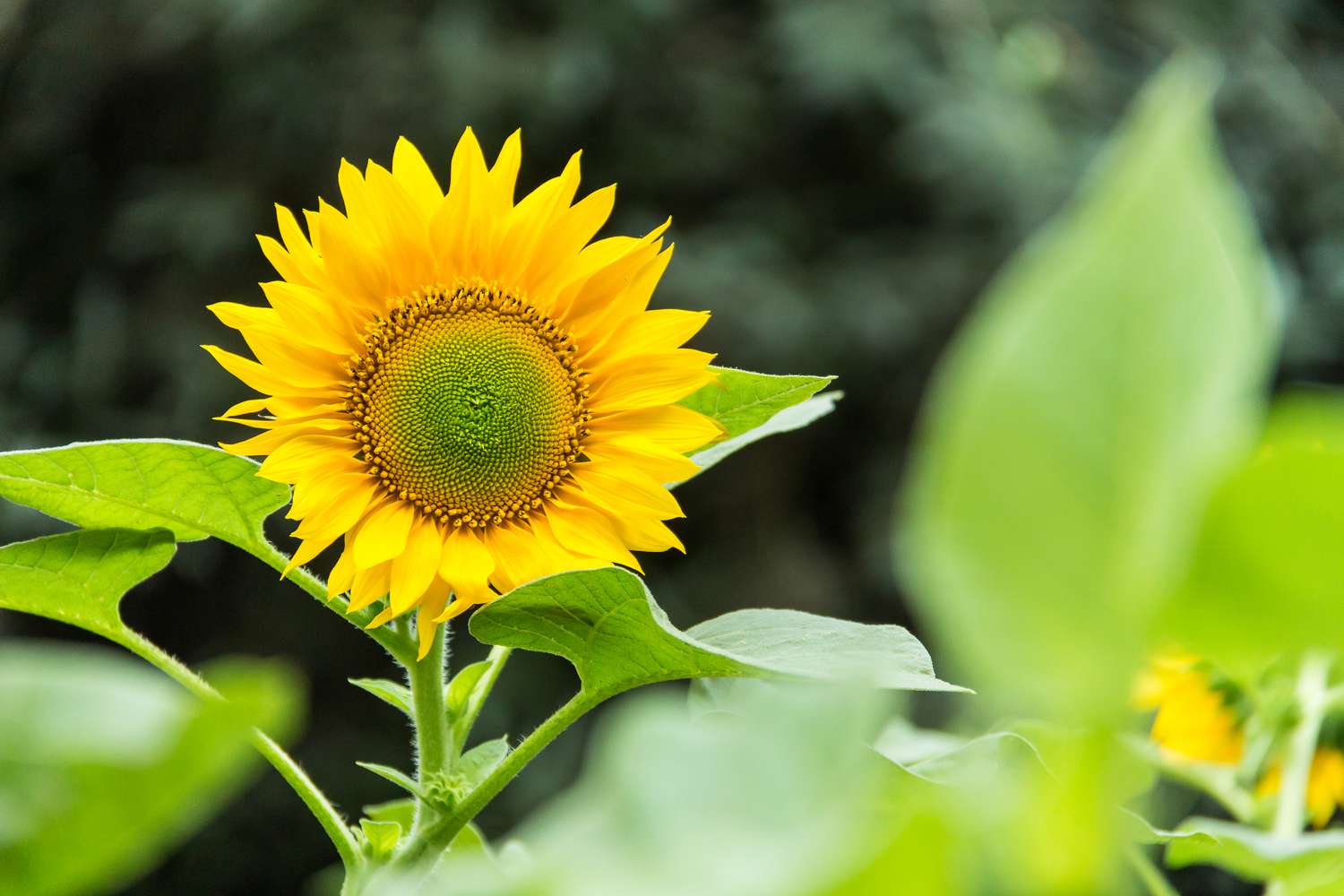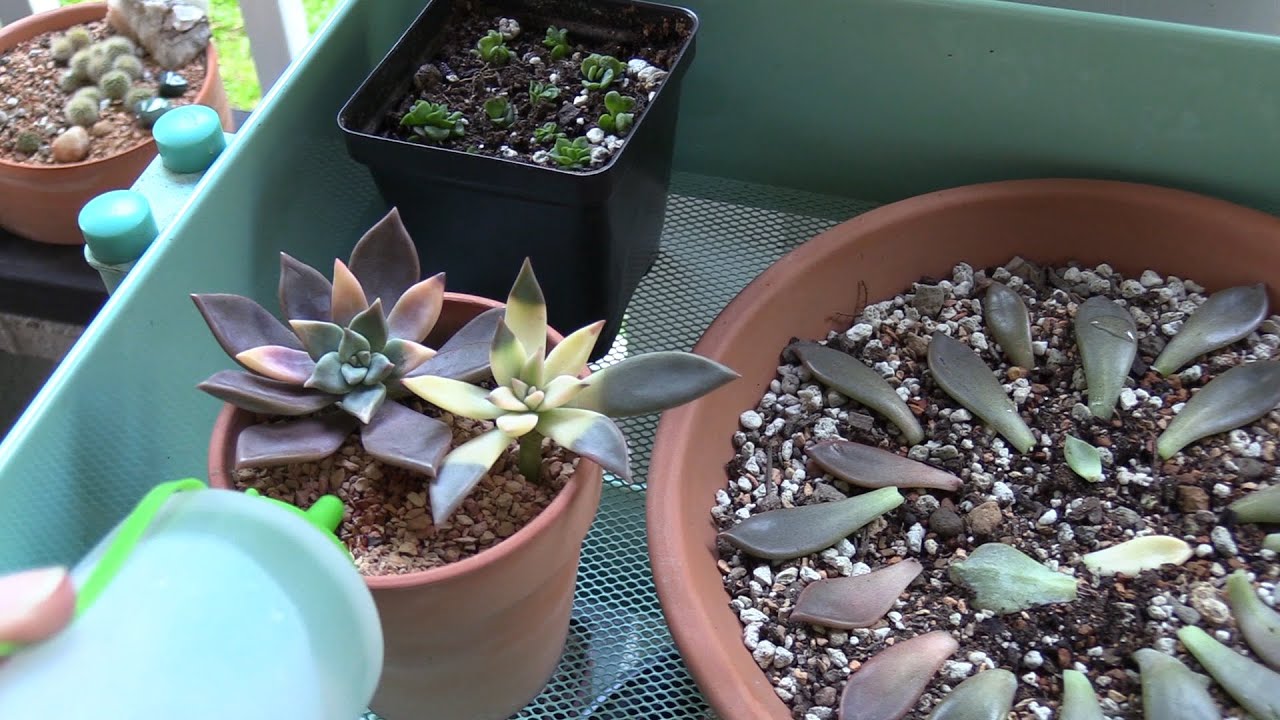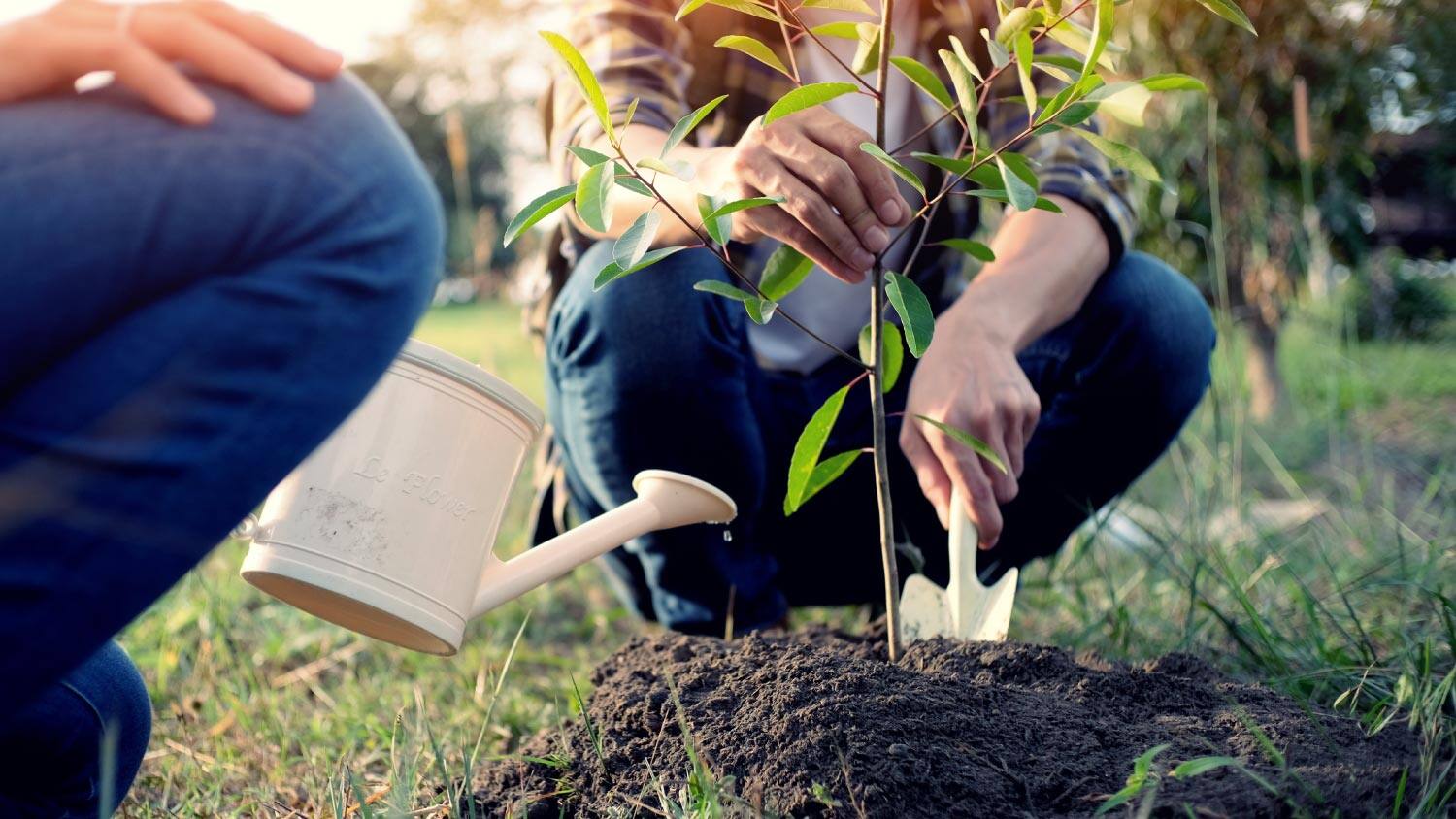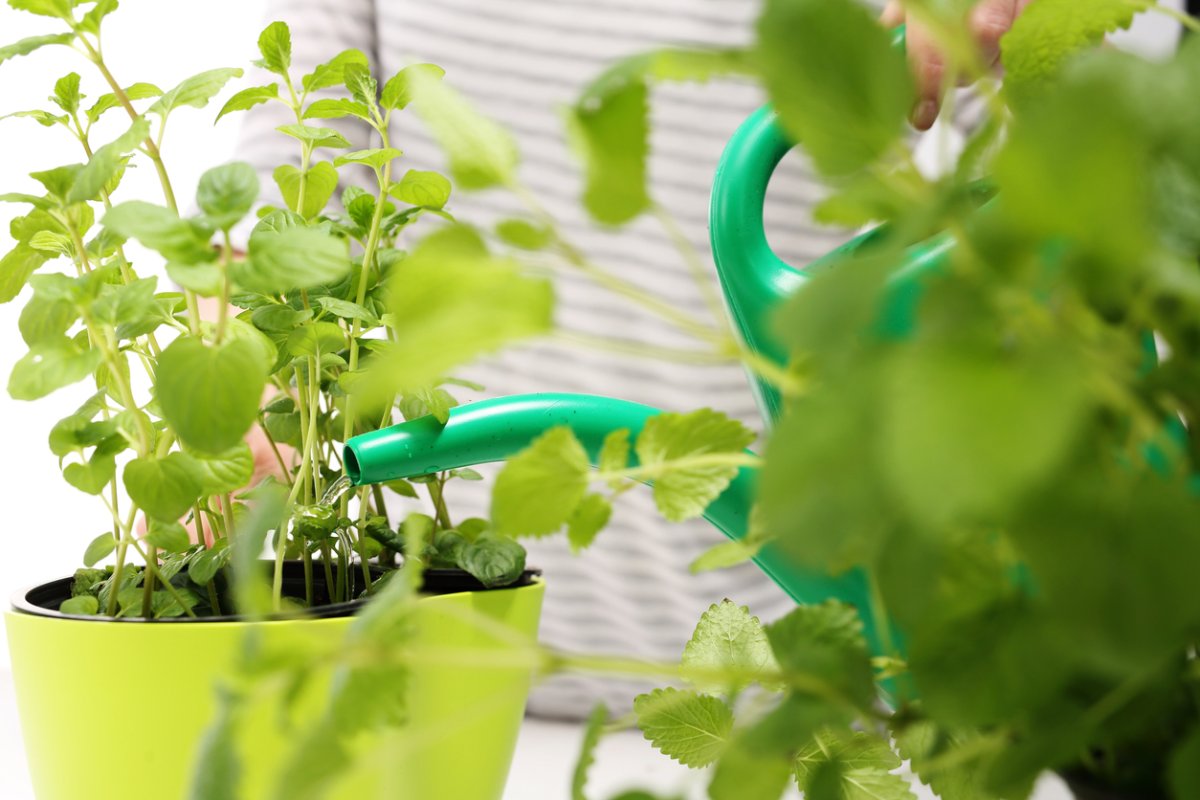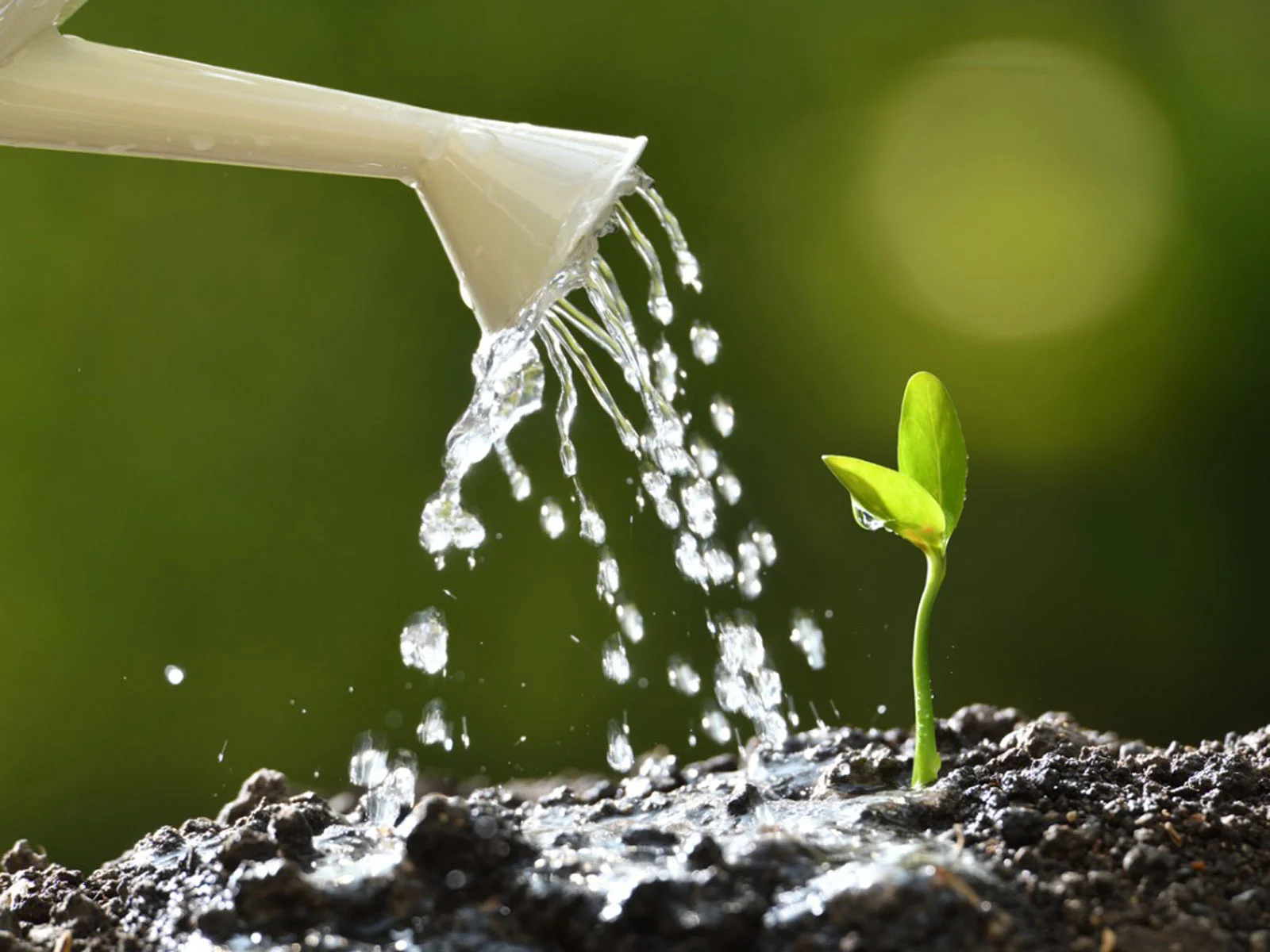Home>Gardening Techniques>Plant Care>How Often Should You Water Seedlings
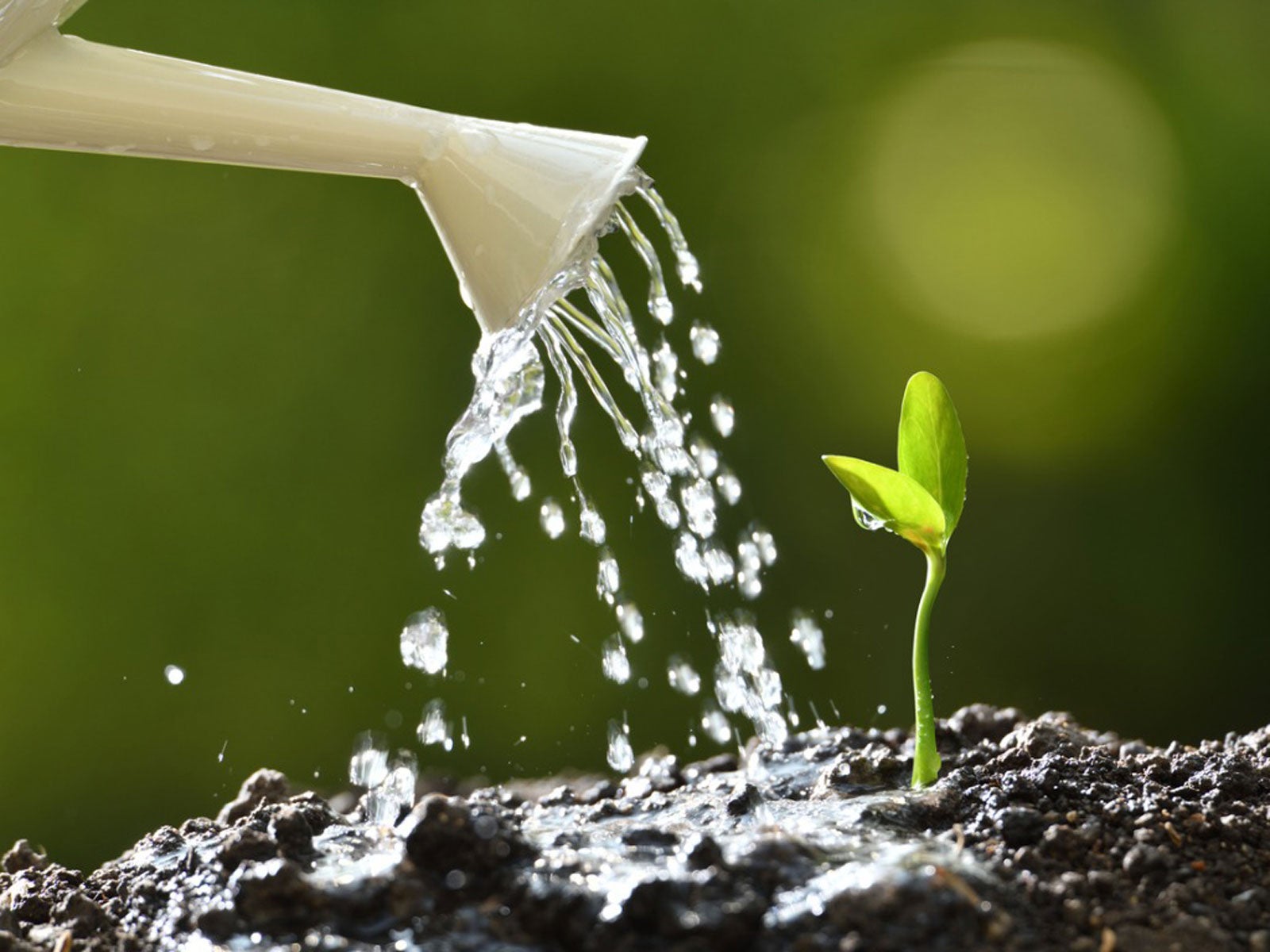

Plant Care
How Often Should You Water Seedlings
Published: January 1, 2024
Learn the best plant care practices for watering seedlings. Discover how often to water seedlings for healthy growth and thriving plants.
(Many of the links in this article redirect to a specific reviewed product. Your purchase of these products through affiliate links helps to generate commission for Chicagolandgardening.com, at no extra cost. Learn more)
Table of Contents
Introduction
Ensuring the optimal growth of seedlings is a vital aspect of plant care, and proper watering plays a crucial role in this process. Seedlings are delicate and require attentive care, especially when it comes to maintaining the right moisture levels in their growing medium. In this article, we will delve into the essential considerations for watering seedlings, including the factors that influence their watering needs, signs of overwatering and underwatering, general guidelines for watering, and how to adjust watering frequency based on the type of seedling.
Understanding the specific requirements of seedlings is fundamental to their successful development. By grasping the nuances of watering in the early stages of a plant's life, gardeners and plant enthusiasts can provide the best possible conditions for healthy growth. Whether you are nurturing vegetable seedlings, flower seedlings, or any other type of plant from its embryonic stage, mastering the art of watering is key to fostering robust, thriving plants.
As we explore the intricacies of watering seedlings, we will uncover the telltale signs that indicate whether seedlings are receiving too much or too little water. By recognizing these indicators, you can adjust your watering practices to cater to the specific needs of your seedlings, promoting their overall well-being and vitality.
Join us on this enlightening journey into the realm of seedling care, where we will unravel the mysteries of optimal watering practices and equip you with the knowledge to nurture your seedlings with confidence and expertise.
Factors Affecting Seedling Watering
Several key factors influence the watering requirements of seedlings, and understanding these variables is essential for providing the appropriate moisture levels for optimal growth. One of the primary considerations is the type of growing medium in which the seedlings are housed. Different mediums, such as soil, soilless mix, or peat pellets, have varying water retention capacities, directly impacting the frequency and volume of watering needed.
Furthermore, environmental conditions play a significant role in seedling watering. Factors such as temperature, humidity levels, and air circulation can affect the rate at which moisture evaporates from the growing medium. In warmer, drier conditions, seedlings may require more frequent watering to compensate for increased evaporation, whereas in cooler, more humid environments, watering frequency may need to be adjusted accordingly.
The stage of growth of the seedlings also influences their watering needs. During the germination phase, when the seedlings are establishing their root systems, consistent but gentle moisture is crucial. As the seedlings mature, their root systems develop, and their capacity to absorb water increases. This shift in water uptake necessitates adjustments in watering practices to accommodate the evolving needs of the growing seedlings.
Additionally, the specific requirements of different plant species impact their watering needs. Some plants thrive in consistently moist conditions, while others prefer periods of slight dryness between watering. Understanding the unique preferences of the plant species you are cultivating is crucial for providing tailored watering care to support their growth.
Lastly, the size and type of containers used for seedling growth can affect watering frequency. Smaller containers may dry out more quickly than larger ones, requiring more frequent watering. Similarly, the material of the containers and the presence of drainage holes influence water retention and the potential for waterlogged soil.
By considering these factors and their interplay, you can fine-tune your approach to watering seedlings, ensuring that their moisture requirements align harmoniously with their developmental stage, environmental conditions, and specific plant species.
Signs of Overwatering and Underwatering
Recognizing the signs of overwatering and underwatering is crucial for maintaining the health and vigor of seedlings. Overwatering can lead to oxygen deprivation in the root zone, causing root rot and hindering the plant’s ability to absorb essential nutrients. On the other hand, underwatering can result in wilting, stunted growth, and ultimately, plant dehydration. By familiarizing yourself with the indicators of these imbalances, you can promptly adjust your watering practices to support the well-being of your seedlings.
Signs of Overwatering:
- Wilting despite moist soil
- Yellowing or browning of leaves
- Foul odor emanating from the soil
- Mold or algae growth on the soil surface
- Soft, mushy roots
If you observe these signs, it’s essential to allow the soil to dry out before resuming watering. Adjusting the frequency and volume of watering can help rectify the issue and prevent further complications associated with overwatering.
Signs of Underwatering:
- Wilting, drooping, or curling leaves
- Dry, brittle, or yellowing leaves
- Slow or stunted growth
- Soil pulling away from the edges of the container
- Visible signs of stress, such as browning at leaf tips
When you notice these indications, providing adequate water to the seedlings is crucial to restore their hydration levels and support healthy growth. Adjusting the watering frequency and ensuring thorough, consistent moisture can help alleviate the effects of underwatering.
By heeding these signs and responding proactively, you can mitigate the risks of overwatering and underwatering, fostering an optimal environment for your seedlings to thrive. Regular observation and attentive care are paramount in maintaining the delicate balance of moisture that is vital for the well-being of young plants.
General Guidelines for Watering Seedlings
Establishing a solid foundation of watering practices is essential for nurturing healthy and resilient seedlings. Adhering to general guidelines can provide a framework for maintaining optimal moisture levels and supporting the robust growth of young plants.
Watering Technique:
When watering seedlings, it is advisable to apply water gently and evenly to the growing medium, ensuring thorough but not excessive moisture. Utilizing a watering can with a fine rose or a spray bottle can help distribute water evenly without disturbing the delicate seedlings.
Moisture Monitoring:
Regularly assessing the moisture level of the growing medium is crucial. This can be achieved by lightly pressing the surface of the soil to gauge its moisture content. Additionally, observing the weight of the containers can provide insight into the need for watering; lighter containers may indicate a need for moisture replenishment.
Consistency:
Consistent watering is key to promoting steady growth and preventing stress-related issues in seedlings. Strive to maintain a regular watering schedule, taking into account the specific needs of the plant species and the prevailing environmental conditions.
Drainage:
Ensuring proper drainage is essential to prevent waterlogging, which can lead to root rot and other detrimental conditions. Selecting containers with drainage holes and employing well-draining growing mediums can facilitate excess water removal, safeguarding the root health of the seedlings.
Time of Day:
Watering seedlings in the morning allows excess moisture to evaporate during the day, reducing the risk of fungal diseases and promoting optimal water uptake by the plants. Avoiding evening watering can help prevent prolonged periods of soil saturation, which can compromise root health.
By adhering to these general guidelines, you can lay a solid groundwork for effective seedling watering practices. These principles serve as a valuable foundation for tailoring your approach to the specific needs of the seedlings under your care, fostering an environment conducive to their flourishing growth and development.
Adjusting Watering Frequency Based on Seedling Type
The watering needs of seedlings can vary significantly based on the type of plant being cultivated. Understanding the distinct requirements of different seedling types is instrumental in tailoring watering practices to support their optimal growth and development.
Vegetable Seedlings:
Vegetable seedlings encompass a diverse range of plant species, each with its unique moisture preferences. For example, leafy greens such as lettuce and spinach thrive in consistently moist soil, while root vegetables like carrots and radishes prefer slightly drier conditions to prevent rot. Adjusting the watering frequency and volume based on the specific needs of the vegetable seedlings is crucial for fostering robust growth and maximizing yield potential.
Flower Seedlings:
Flower seedlings exhibit a broad spectrum of moisture requirements, influenced by factors such as their native habitats and growth patterns. Moisture-loving annuals like impatiens and begonias benefit from regular, even moisture, while drought-tolerant perennials such as lavender and yarrow prefer periods of dryness between watering. Tailoring watering practices to accommodate the individual needs of flower seedlings is essential for nurturing vibrant blooms and resilient plants.
Herb Seedlings:
Herb seedlings encompass a diverse array of plant species, each with its specific watering preferences. For instance, herbs native to Mediterranean regions, such as rosemary and thyme, thrive in well-drained, slightly dry soil, mimicking their natural habitat. In contrast, moisture-loving herbs like basil and mint require consistently moist conditions to support their vigorous growth. Adapting watering frequency and methods to suit the unique needs of herb seedlings is pivotal for cultivating flavorsome, healthy herbs.
Tree and Shrub Seedlings:
Tree and shrub seedlings, including ornamental and fruit-bearing varieties, often have distinct moisture requirements dictated by their growth habits and environmental adaptations. Deep-rooted tree seedlings may necessitate less frequent but deeper watering to encourage robust root development, while shrub seedlings may benefit from consistent, moderate moisture to support their establishment. Tailoring watering practices to accommodate the specific needs of tree and shrub seedlings is essential for fostering strong, resilient plants.
By recognizing the diverse moisture preferences of different seedling types and adjusting watering practices accordingly, you can create an environment that optimally supports the growth and vitality of each plant species. This tailored approach to watering contributes to the overall health and resilience of the seedlings, laying the groundwork for their long-term success in the garden or landscape.
Conclusion
Mastering the art of watering seedlings is a nuanced yet rewarding endeavor, essential for nurturing robust and thriving plants from their earliest stages. By considering the multifaceted factors that influence seedling watering, recognizing the signs of overwatering and underwatering, and adhering to general guidelines, you can establish a solid foundation for effective watering practices.
Moreover, tailoring watering frequency and methods to align with the specific needs of different seedling types empowers you to create an environment that optimally supports the growth and vitality of each plant species. Whether cultivating vegetable seedlings, flower seedlings, herb seedlings, or tree and shrub seedlings, adapting your watering approach to accommodate their unique moisture preferences is instrumental in fostering their long-term health and resilience.
As you embark on your journey of nurturing seedlings, remember that attentive observation, thoughtful adjustments, and a deep understanding of the individual needs of your plants are key elements of successful seedling care. By honing your watering skills and developing a keen sensitivity to the moisture requirements of your seedlings, you can cultivate a thriving, vibrant garden or landscape teeming with healthy, flourishing plants.
Embrace the art of watering as a harmonious partnership with nature, where your attentiveness and care converge to create an environment where seedlings can thrive, flourish, and ultimately fulfill their potential as mature, resilient plants.
